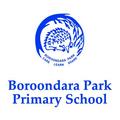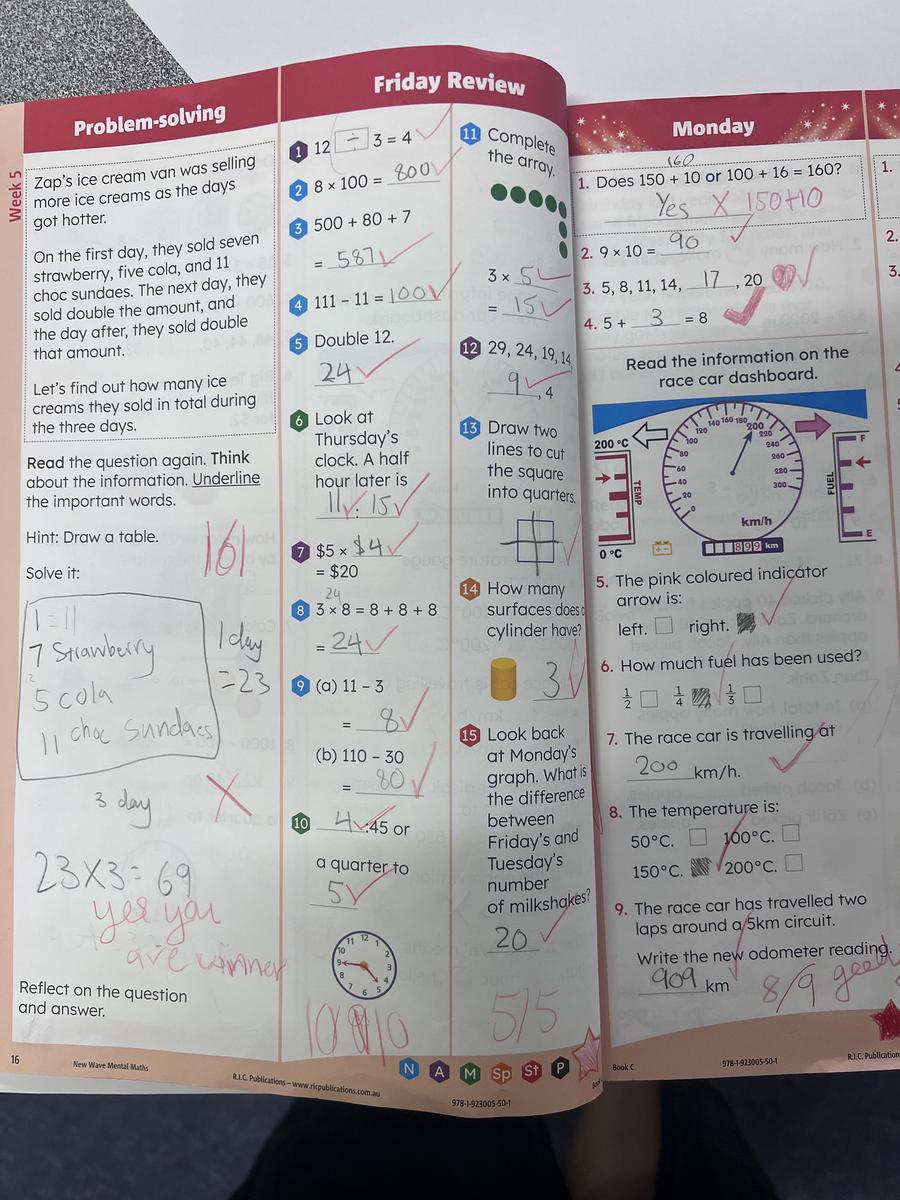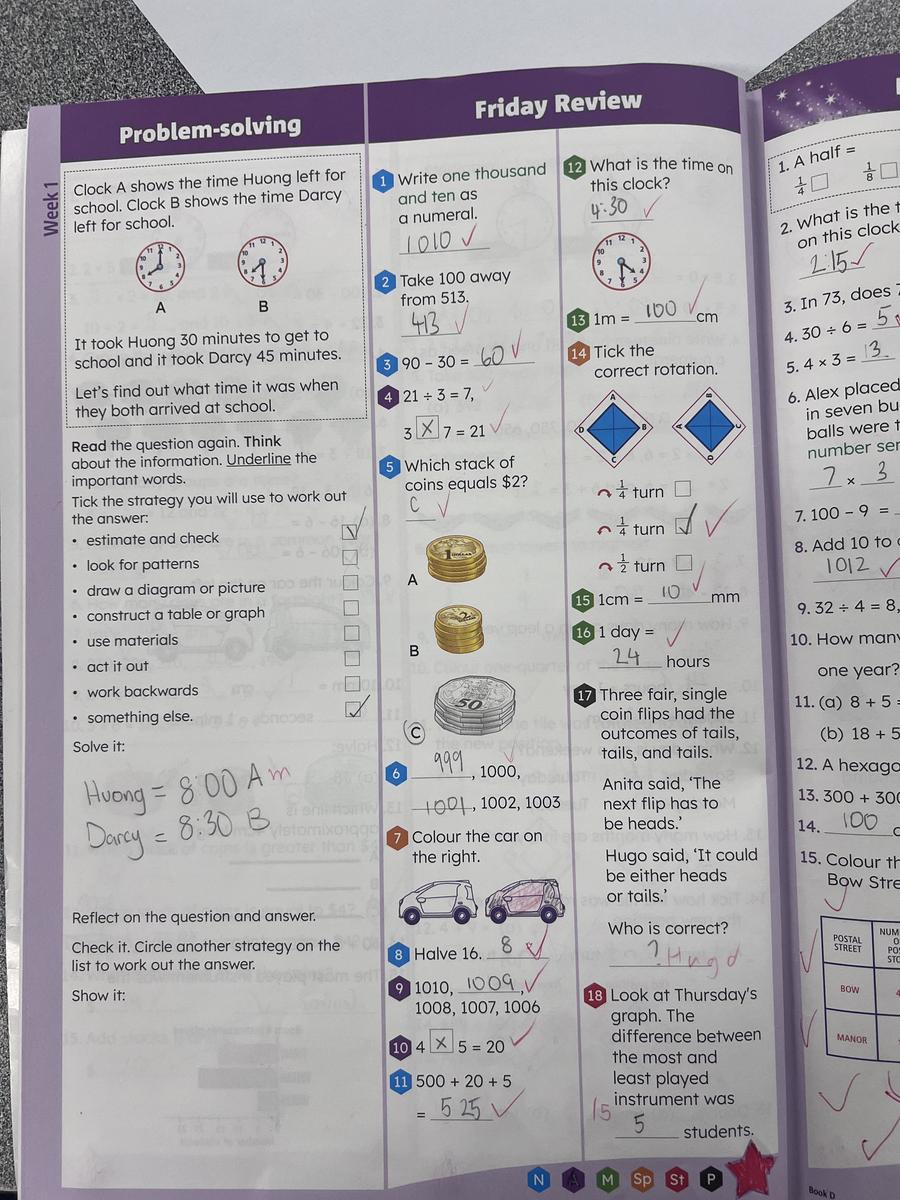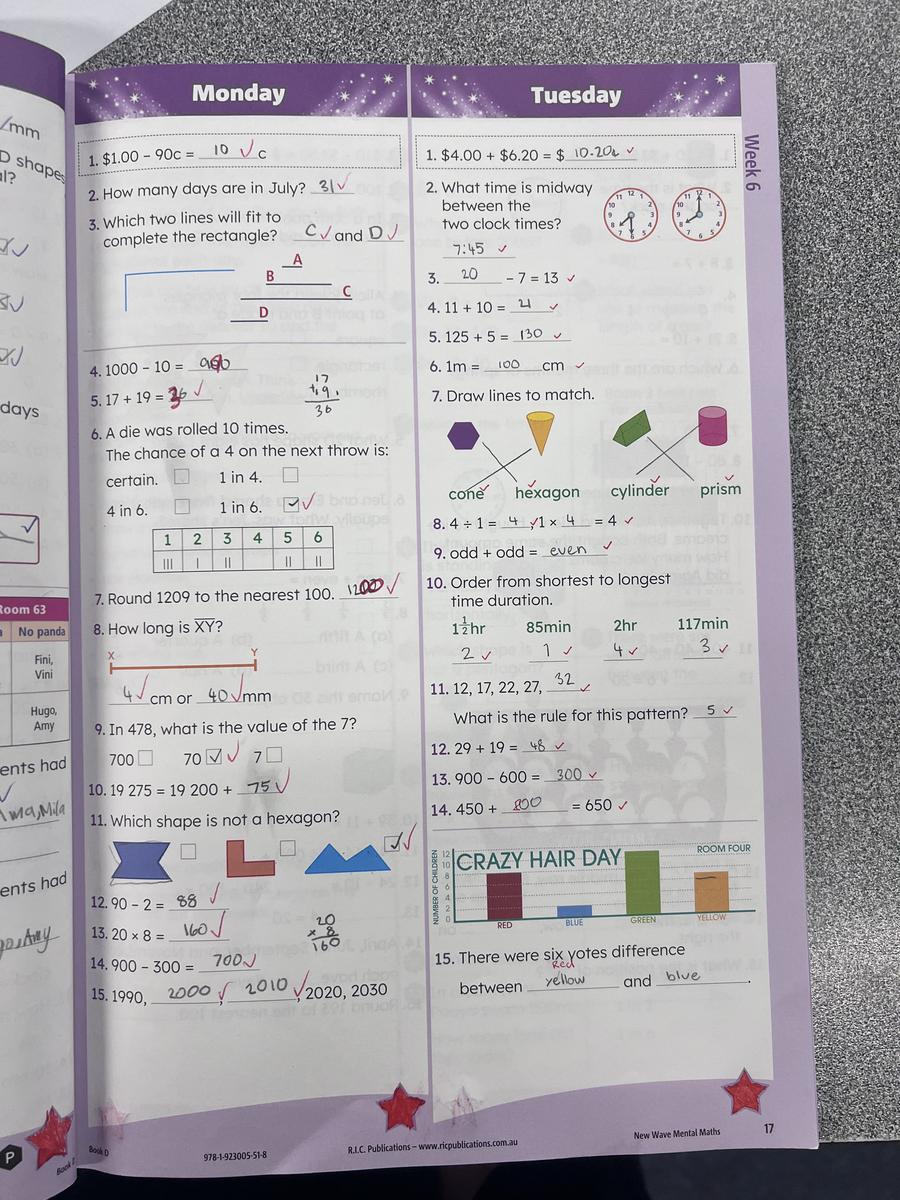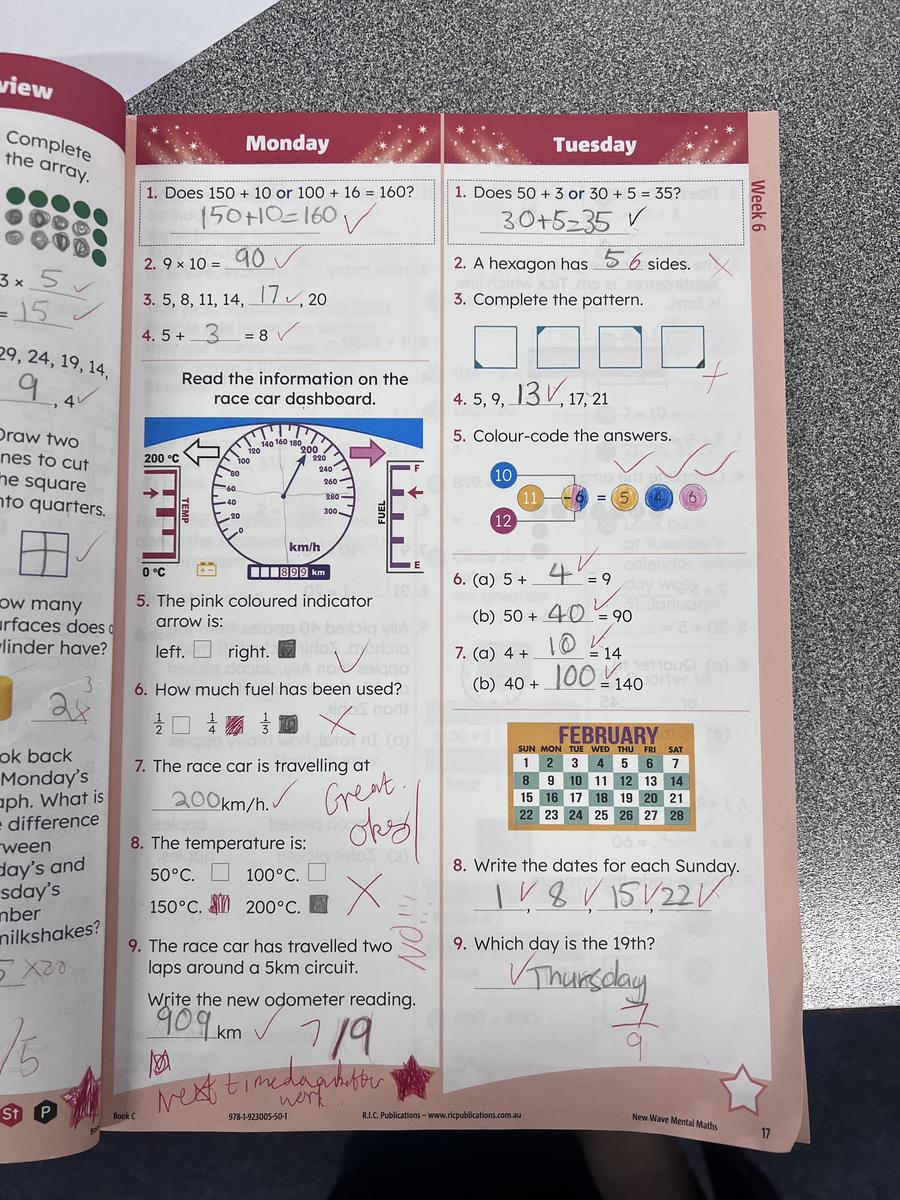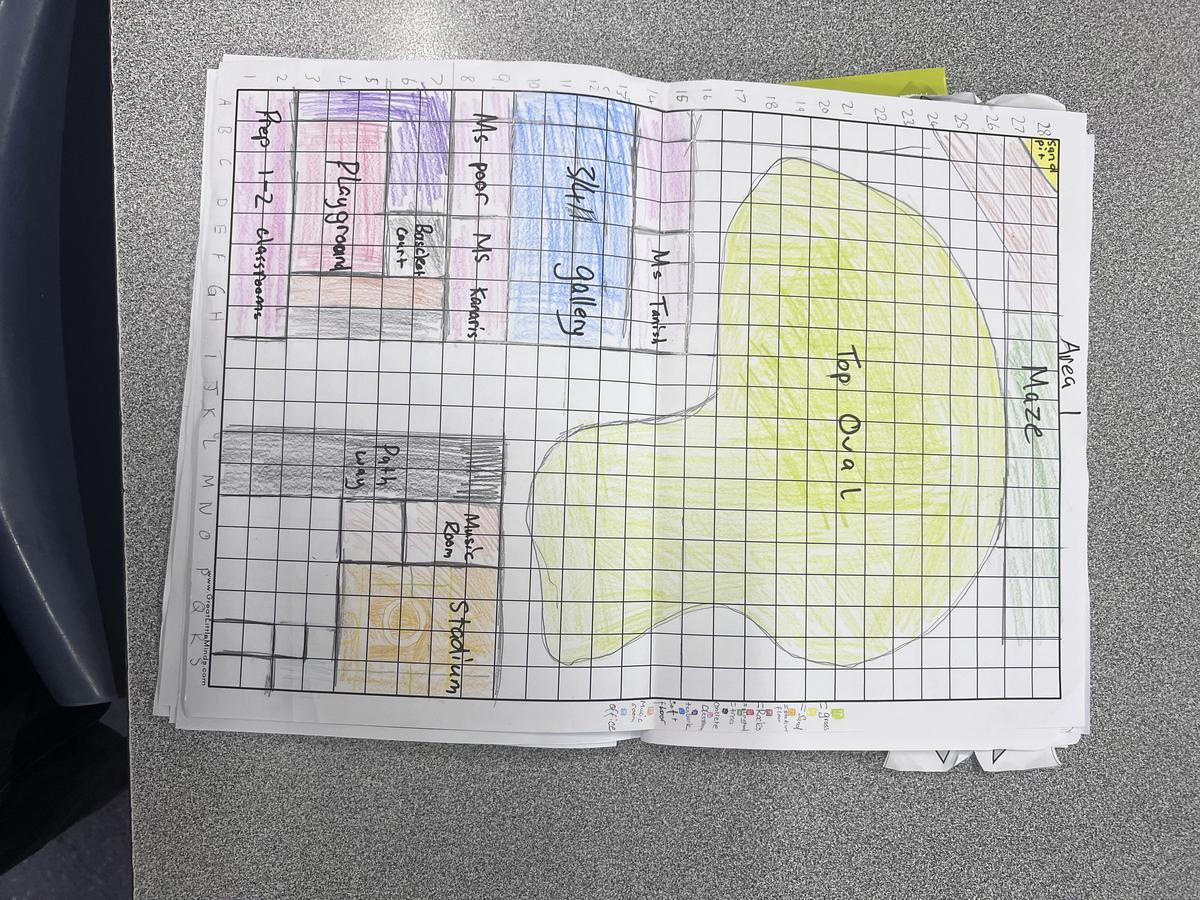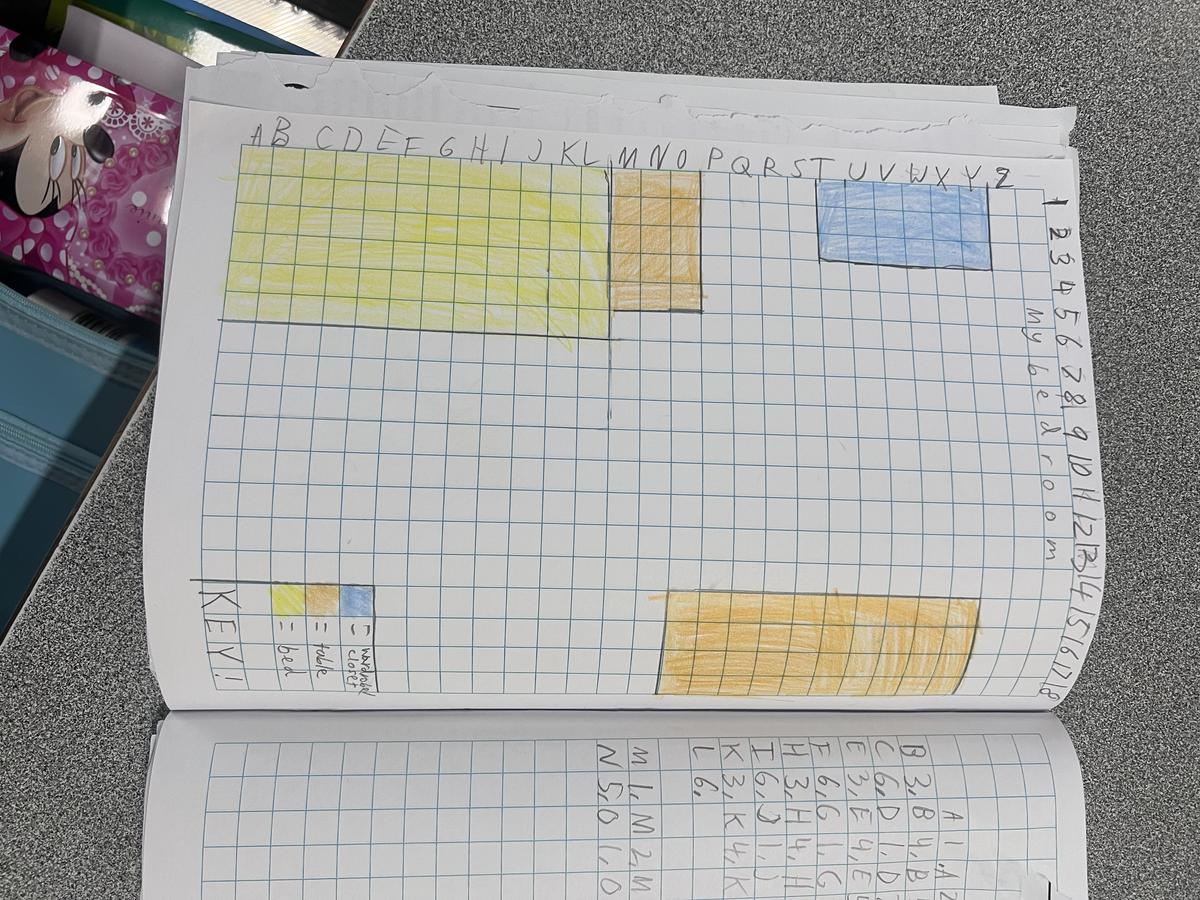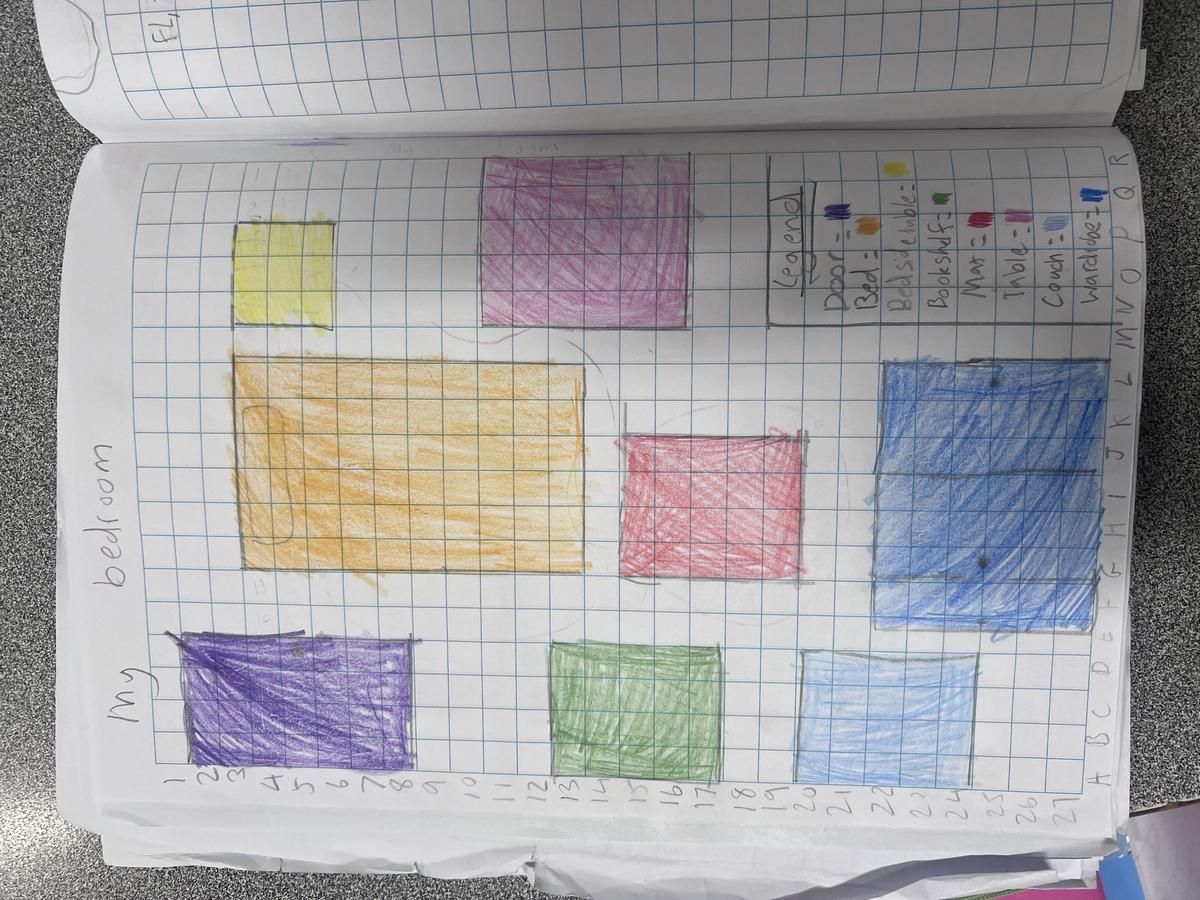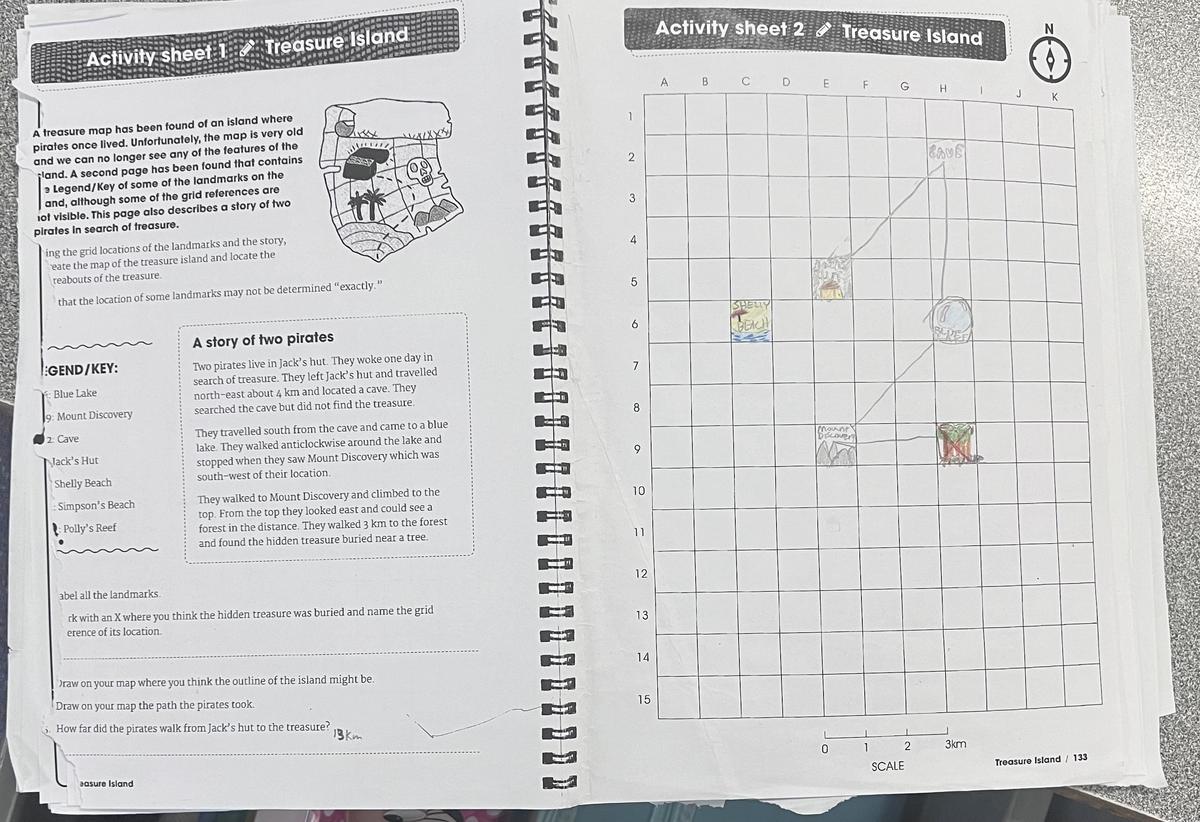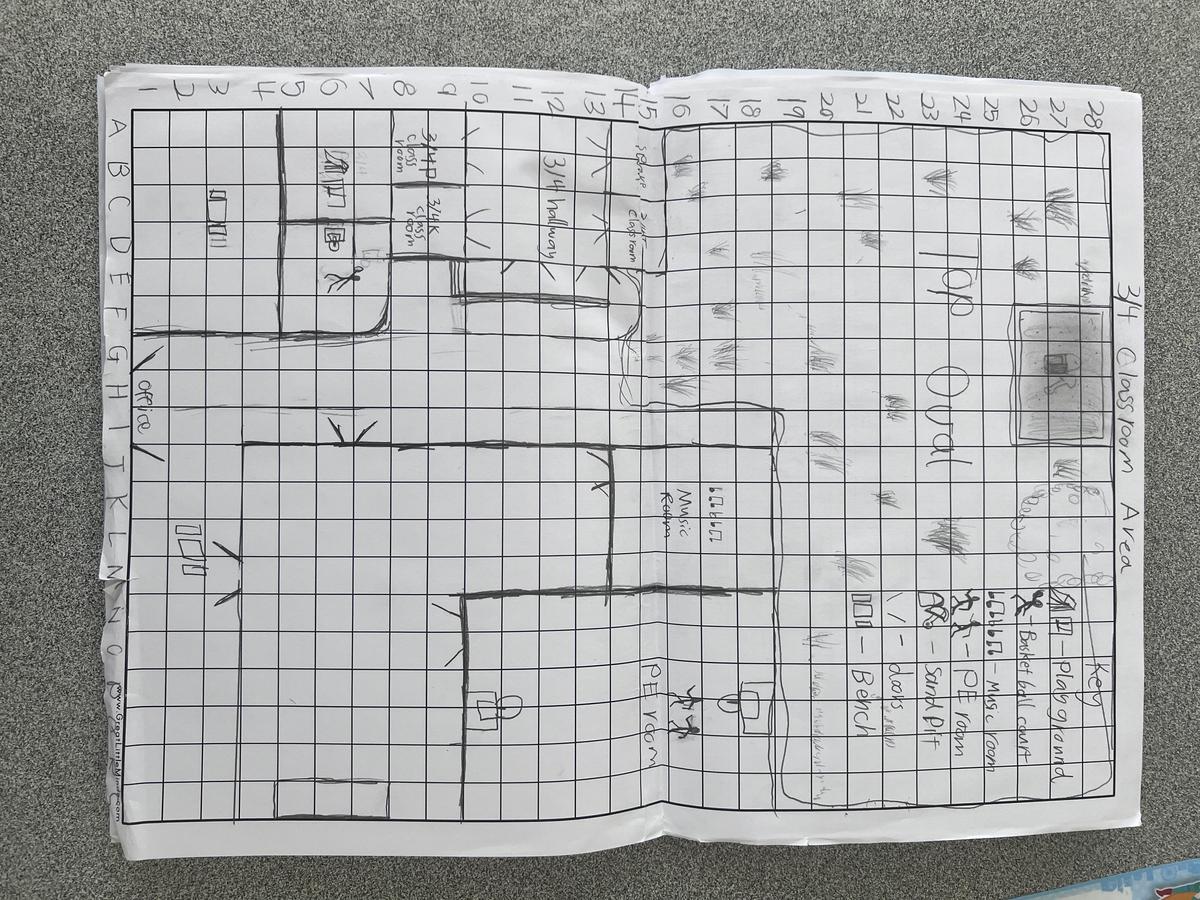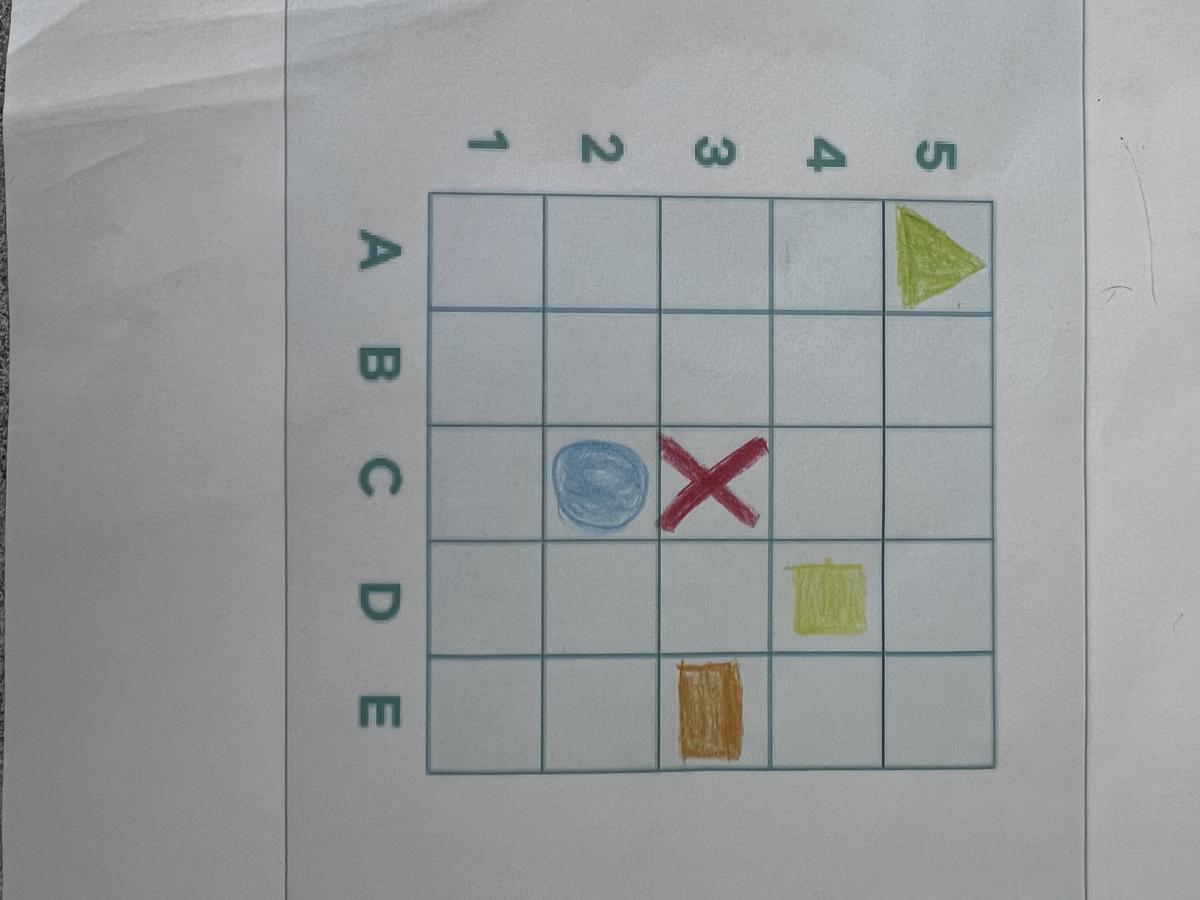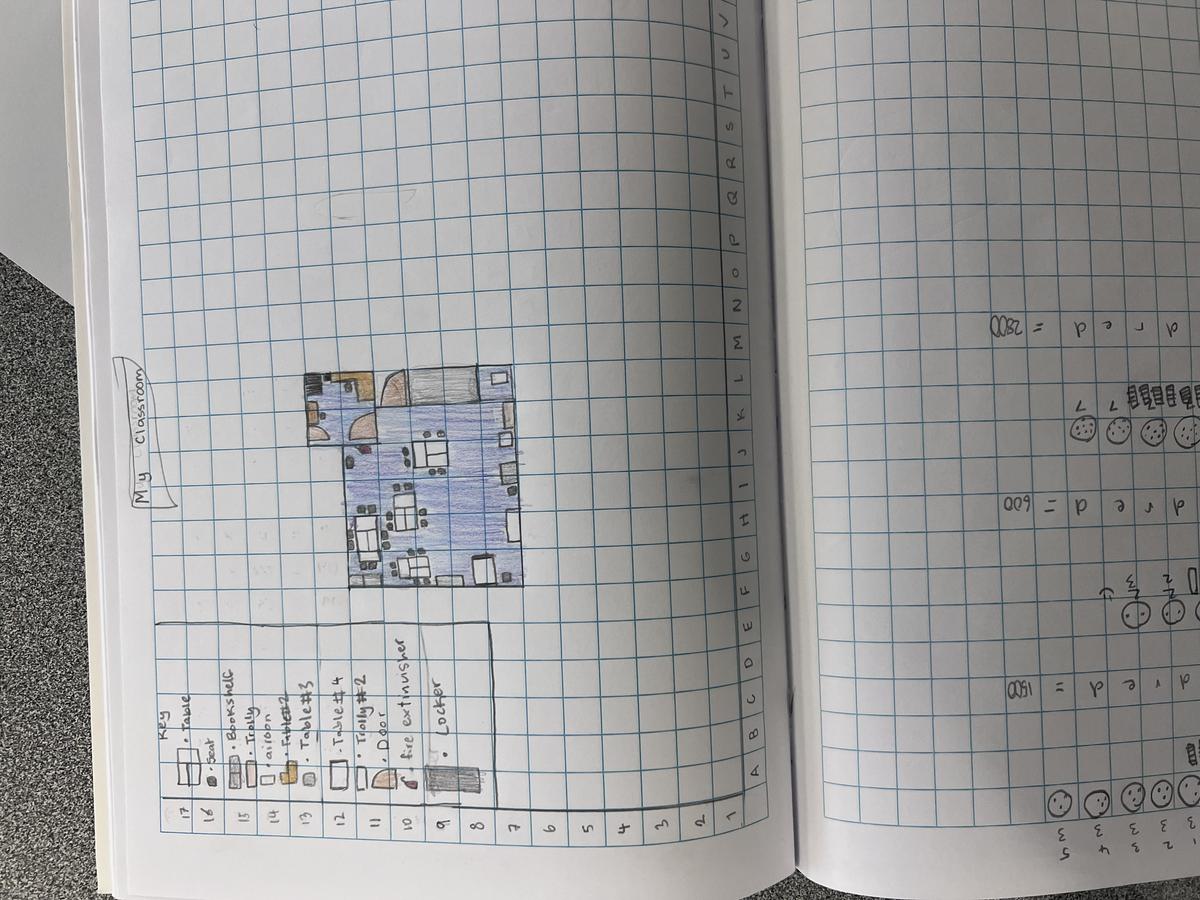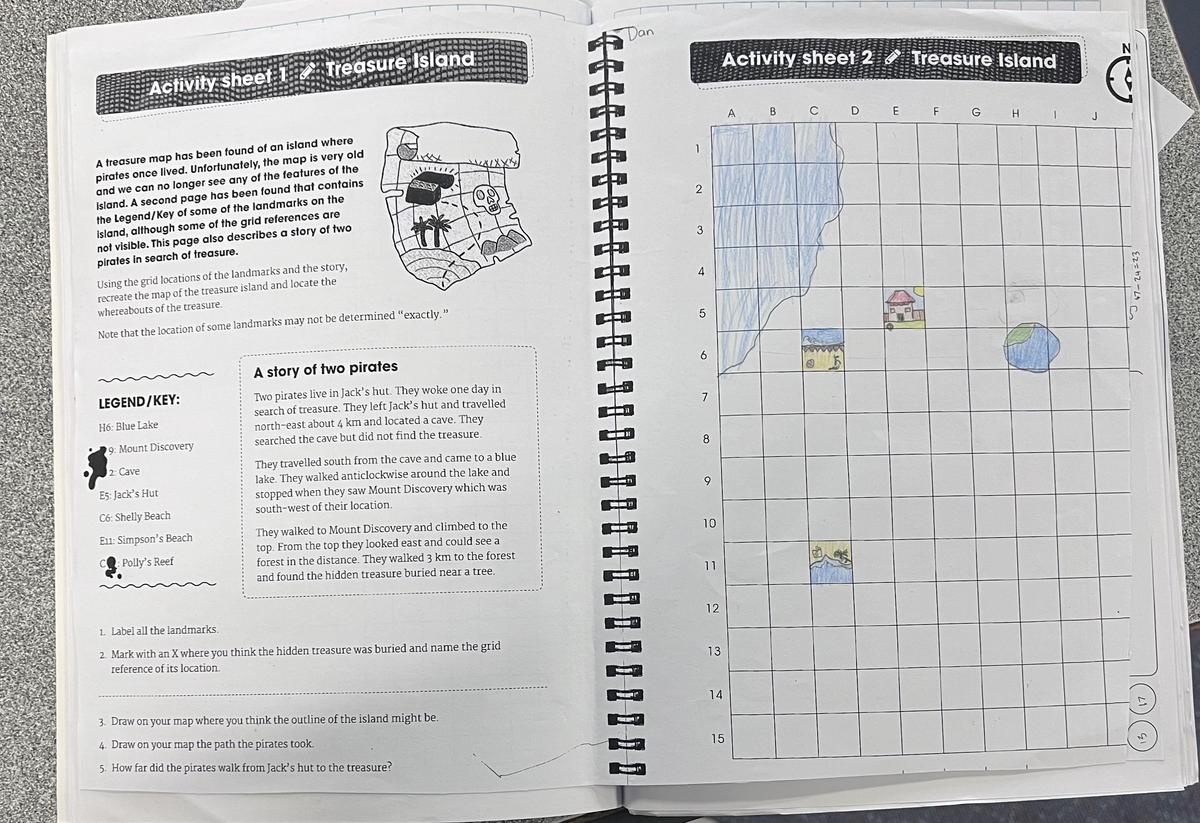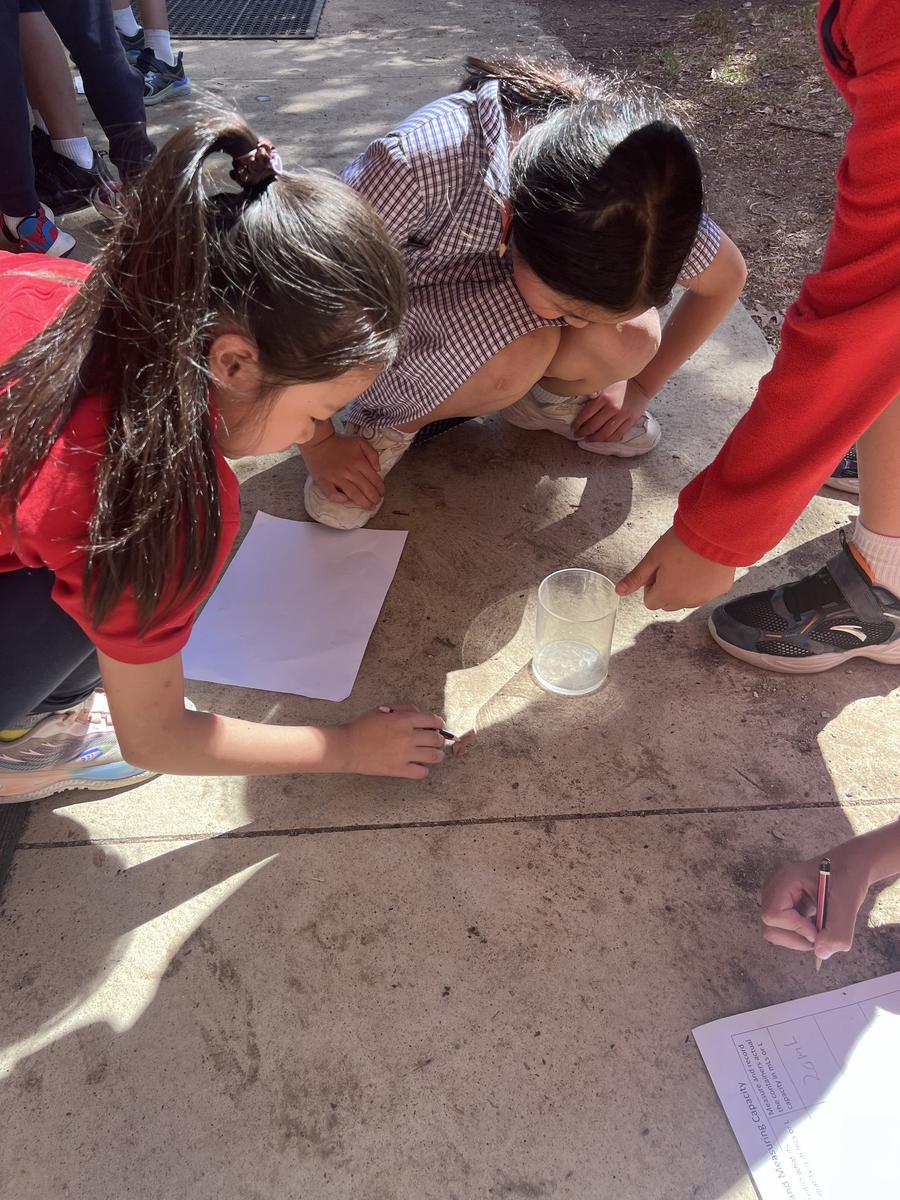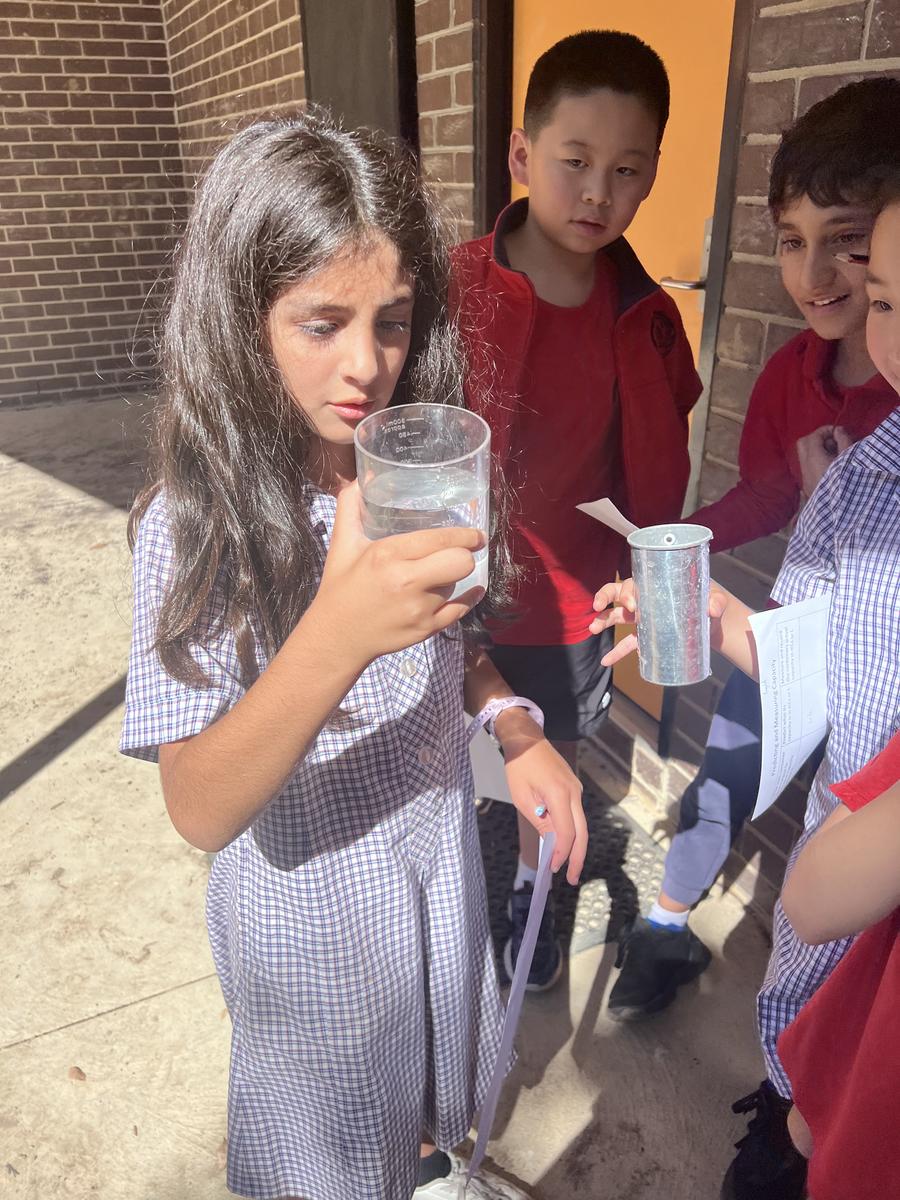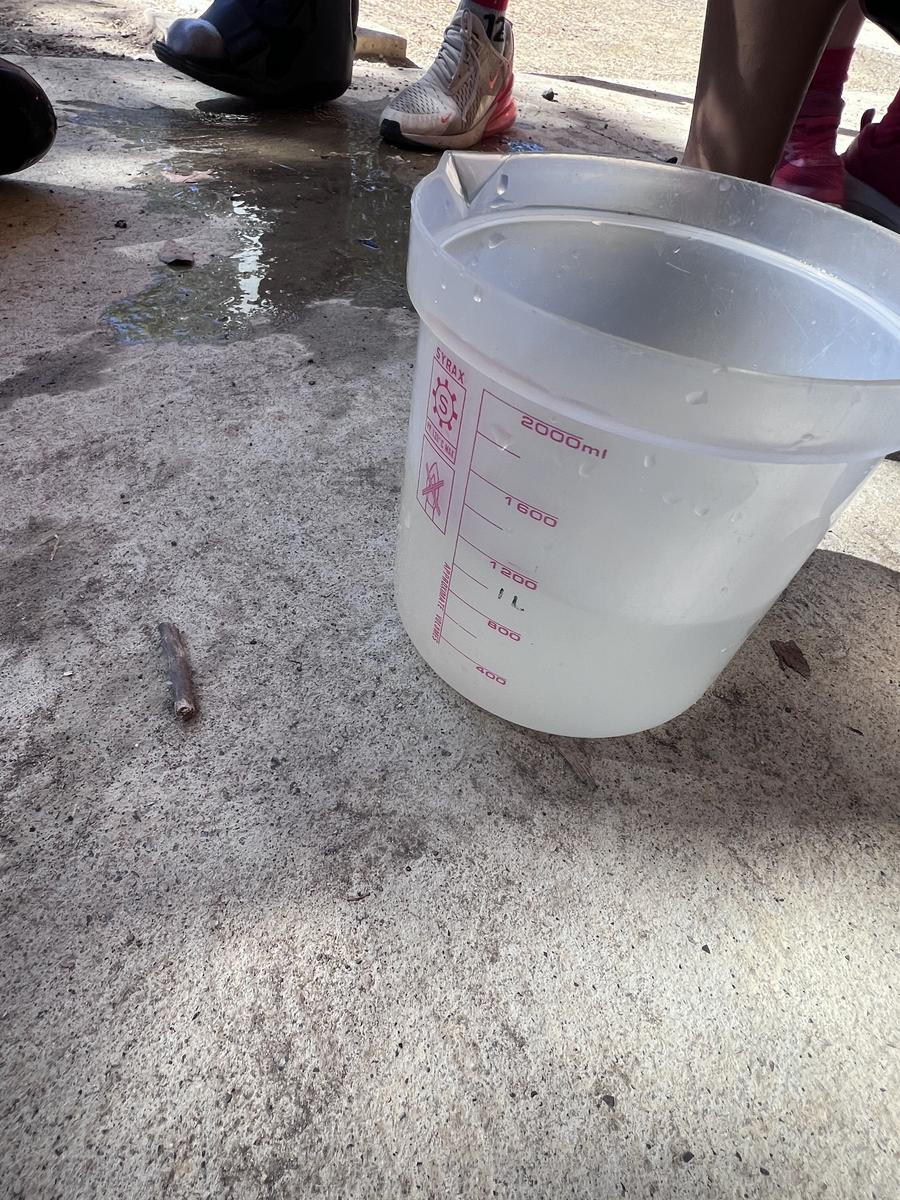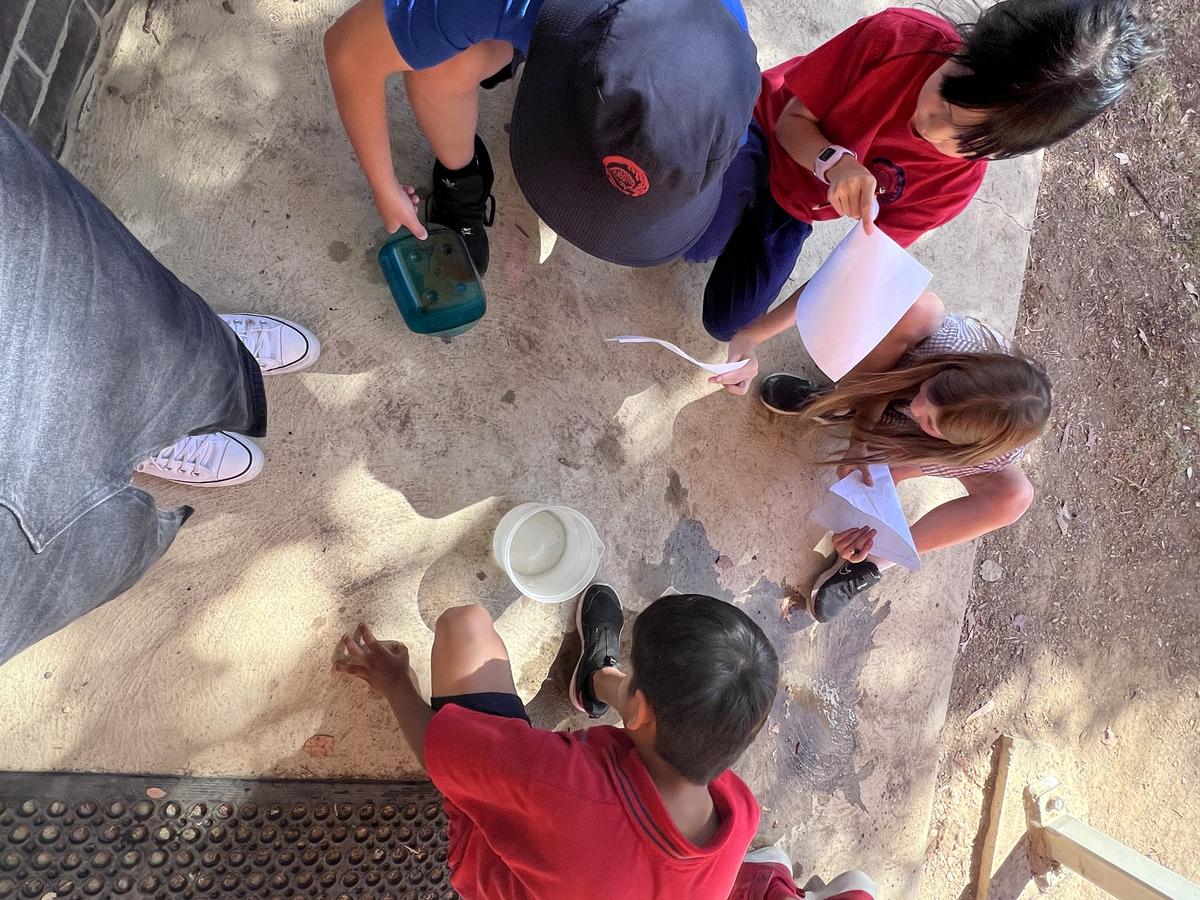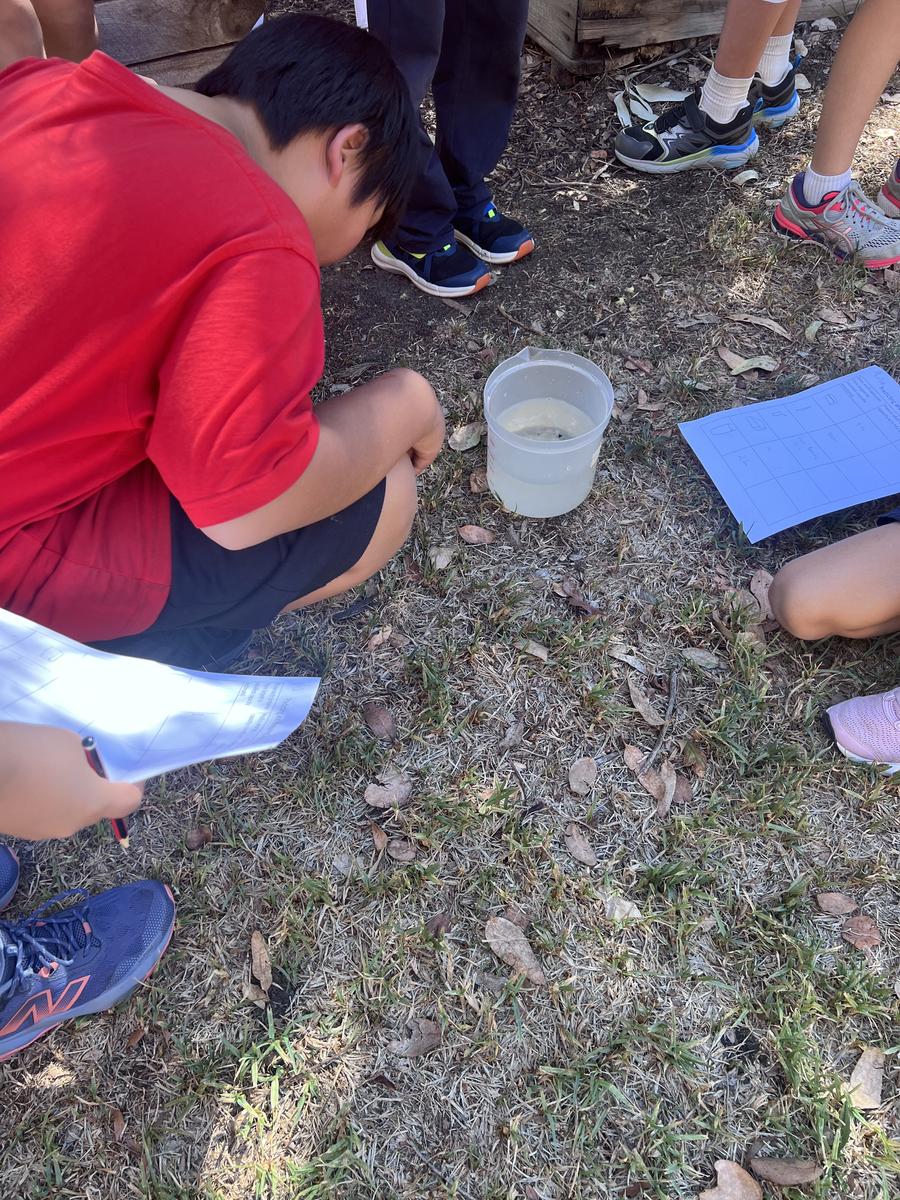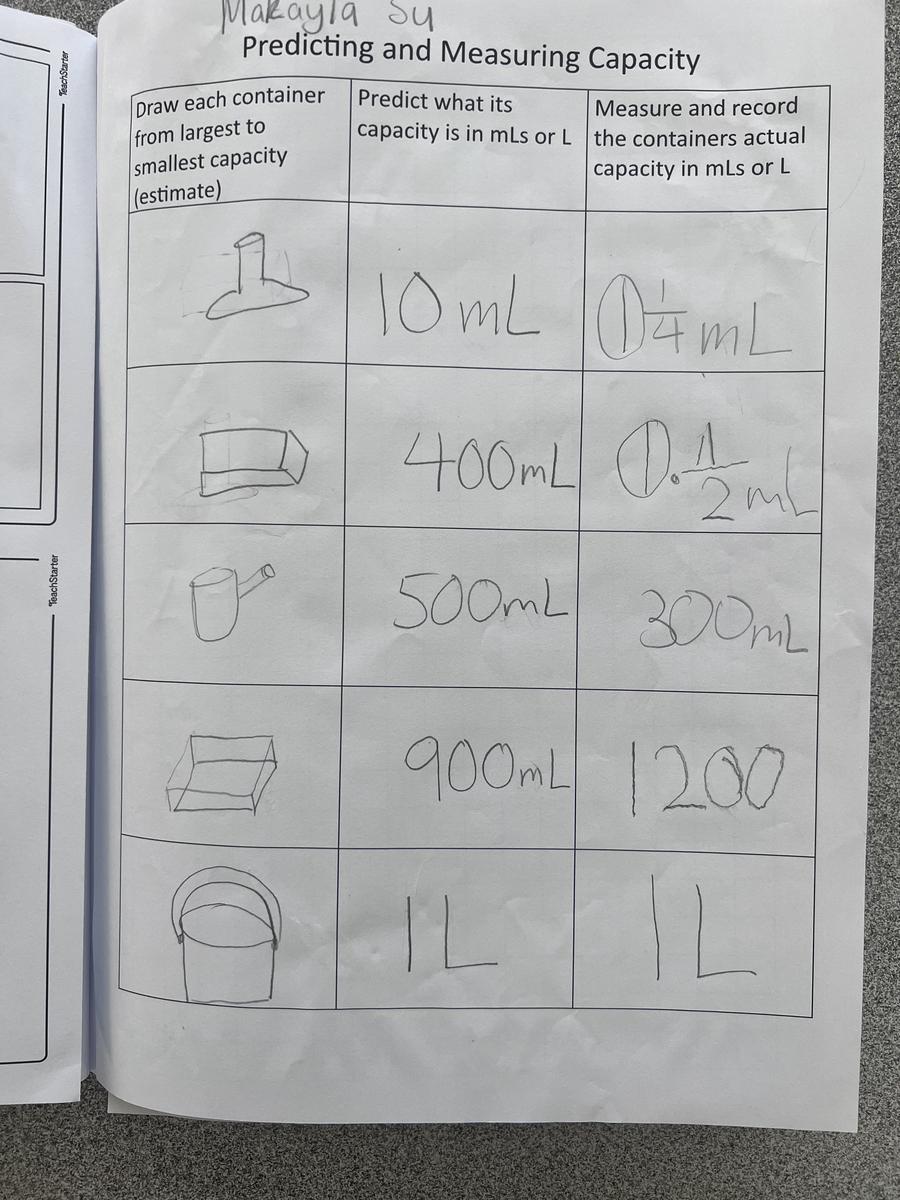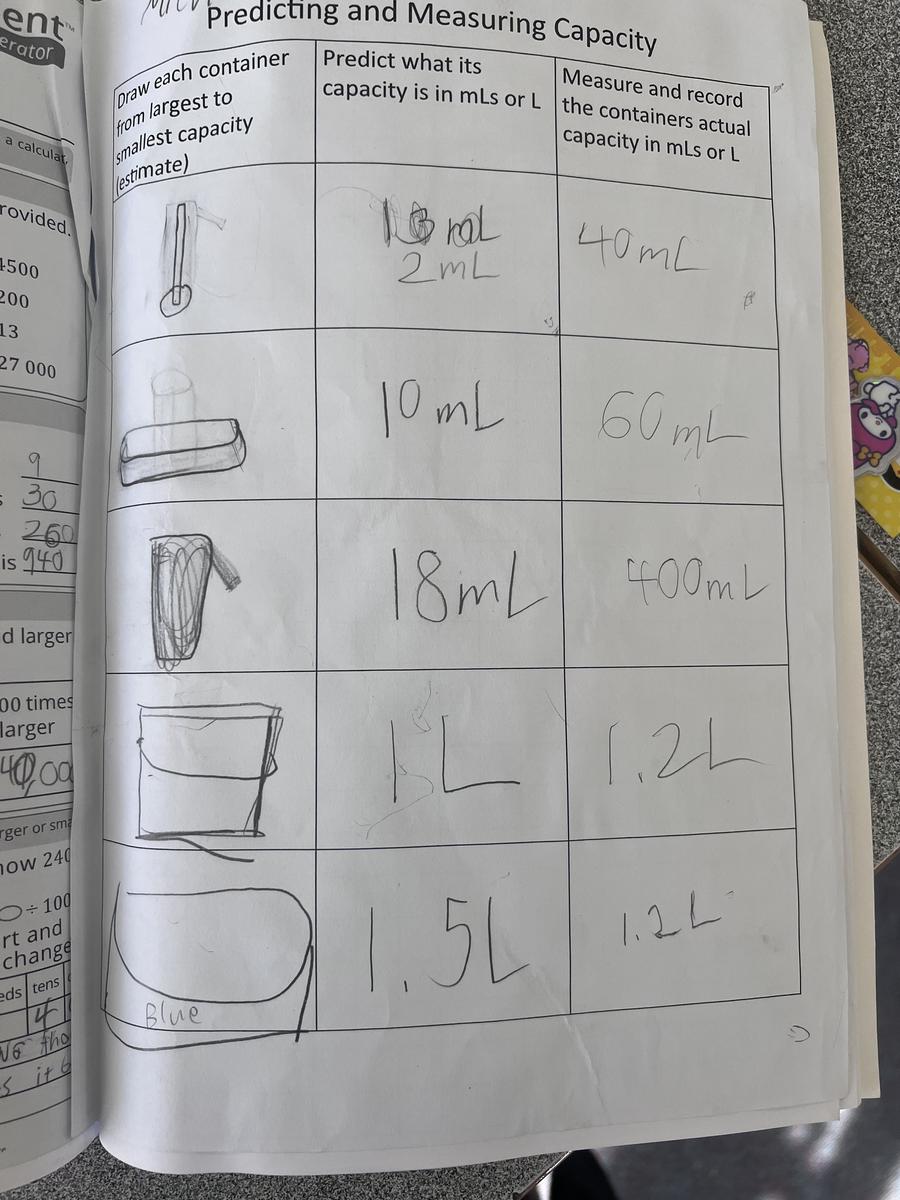From the 3/4 Classrooms
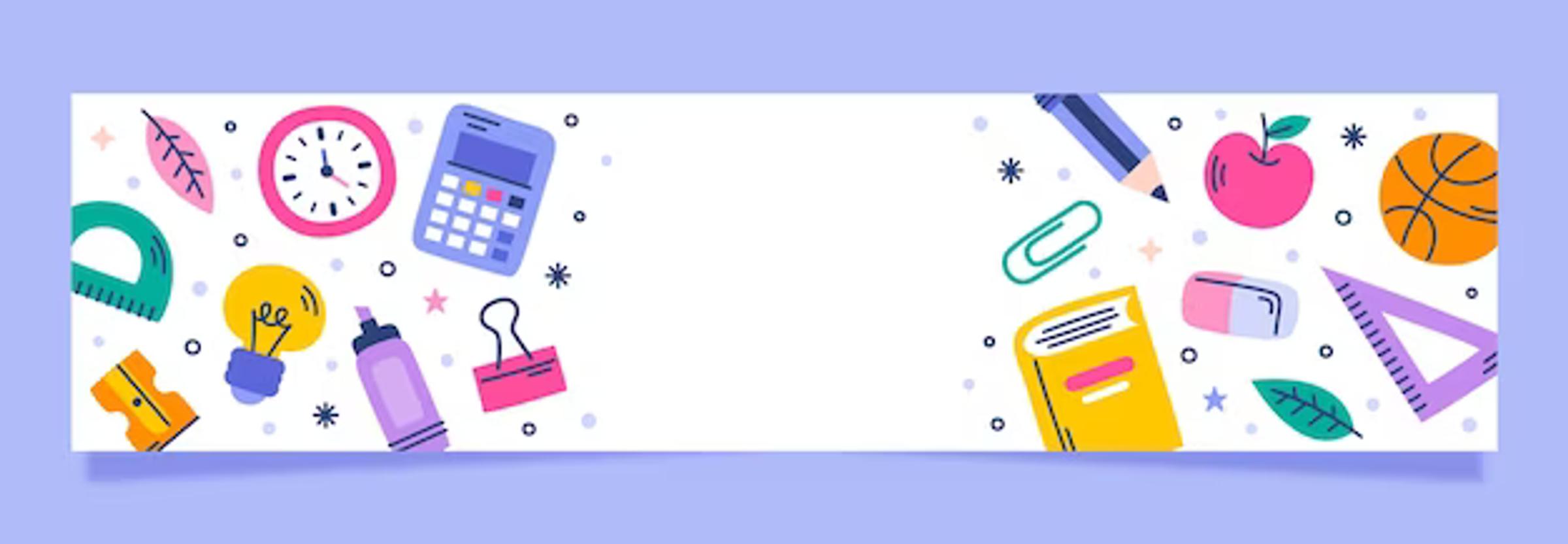
Mathematics in Grades 3/4
We’ve had an exciting time in the Grade 3/4 classroom, exploring a variety of engaging math concepts. I wanted to share some highlights of what your child has been learning recently.
Mental Maths
Each day, we continue to work with our mental maths books, which help expose students to a wide range of mathematical ideas. These daily exercises encourage students to practice and strengthen their mental arithmetic skills.
Addition and Subtraction
Our main number focus in the last few weeks, has been on addition and subtraction, along with strategies to help us solve sums more efficiently. We’ve worked on fact families (sets of related addition and subtraction facts), and we’ve also practiced the jump strategy. This strategy uses a number line to assist students in making "jumps" to help them count and solve addition or subtraction problems. We will explore more strategies in the last week, including the split strategy and compensation strategy, which will give students additional tools to solve problems with greater confidence.
Mapping and Grid References
We’ve also had fun exploring mapping and grid references. The students enjoyed mapping different areas of our school and using grid coordinates to locate specific points. In one of our investigations, students read a story and followed clues to find missing grid references and uncover a hidden treasure .
Exploring Capacity
We have began learning about capacity and how to measure it using metric units. This hands-on topic will allow us to explore how to measure liquids and understand different volumes and measurements.
Warm-up Game: Addition Capers
To launch into our maths lessons, we’ve had some fun with a game called Addition Capers! Here’s how to play the game:
- 4 players start with 7 cards each.
- The cards are: King, Queen, Jack, and 10 (all equal 10) and Joker (wild card, which can be any value the player gives it).
- The top 2 cards from the remaining pack are turned over, and the sum of those two cards is created (e.g., a 10 and a 9 would equal 19).
- The next player has to make that sum using a maximum of 3 cards from their hand (e.g., an Ace, a 10, and an 8 would make 19).
- If a player can’t do this, they pick up a card from the pack, and the next player has a turn. If they can match the sum, they put their cards under the pack, and the next player flips two new cards to create a new addition problem.
- The game continues until one player has used all their cards.
This game has been a fantastic way to practice addition in a fun and interactive way! You can have a go at playing at home!
We are really proud of the progress the students are making in their math learning. Please continue to support them at home by ensuring they are completing their Essential Assessment - My Numeracy tasks and you can also practice addition and subtraction facts and encouraging them to share their new strategies with you.
Thank you for your continued support!
